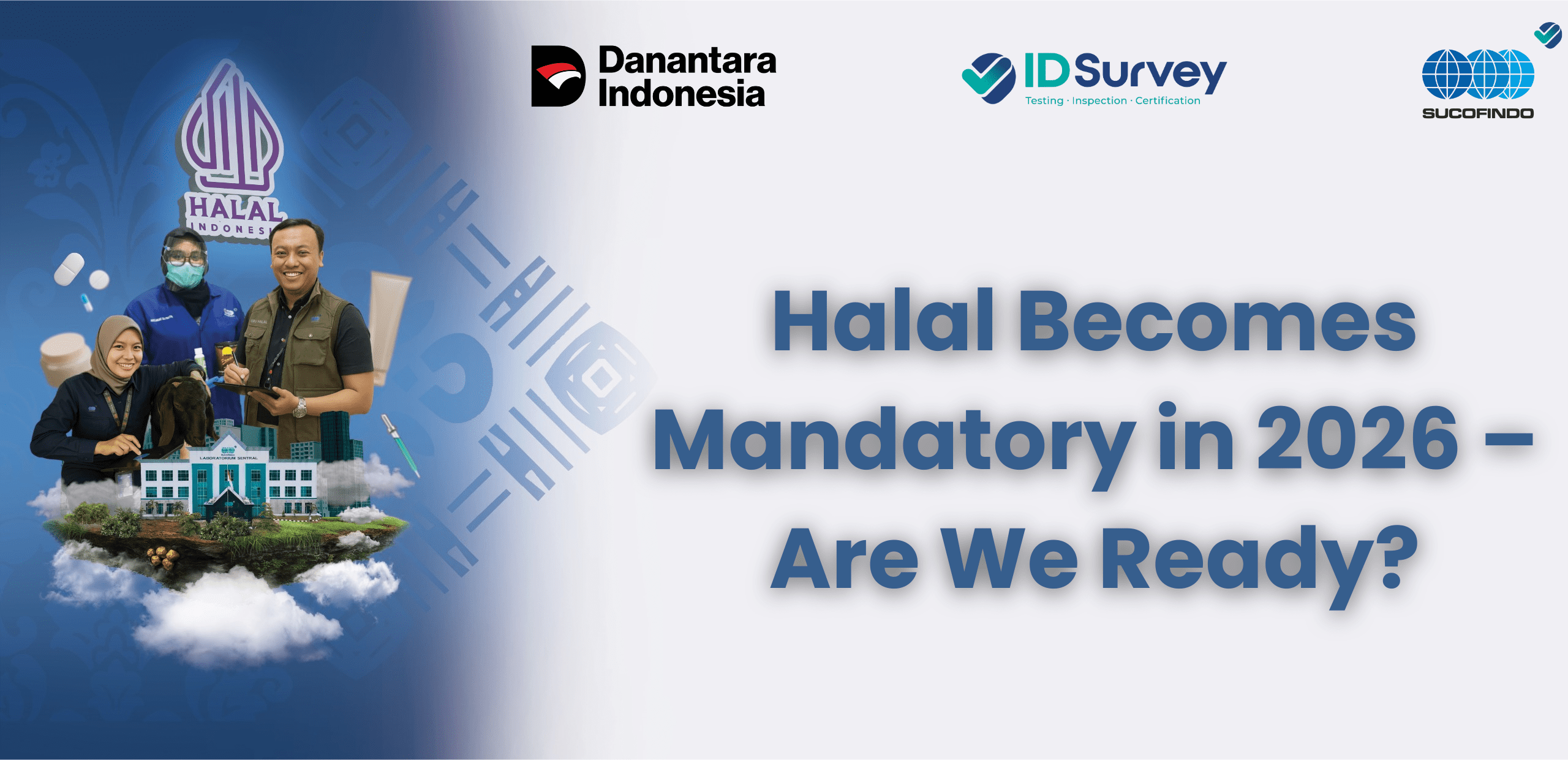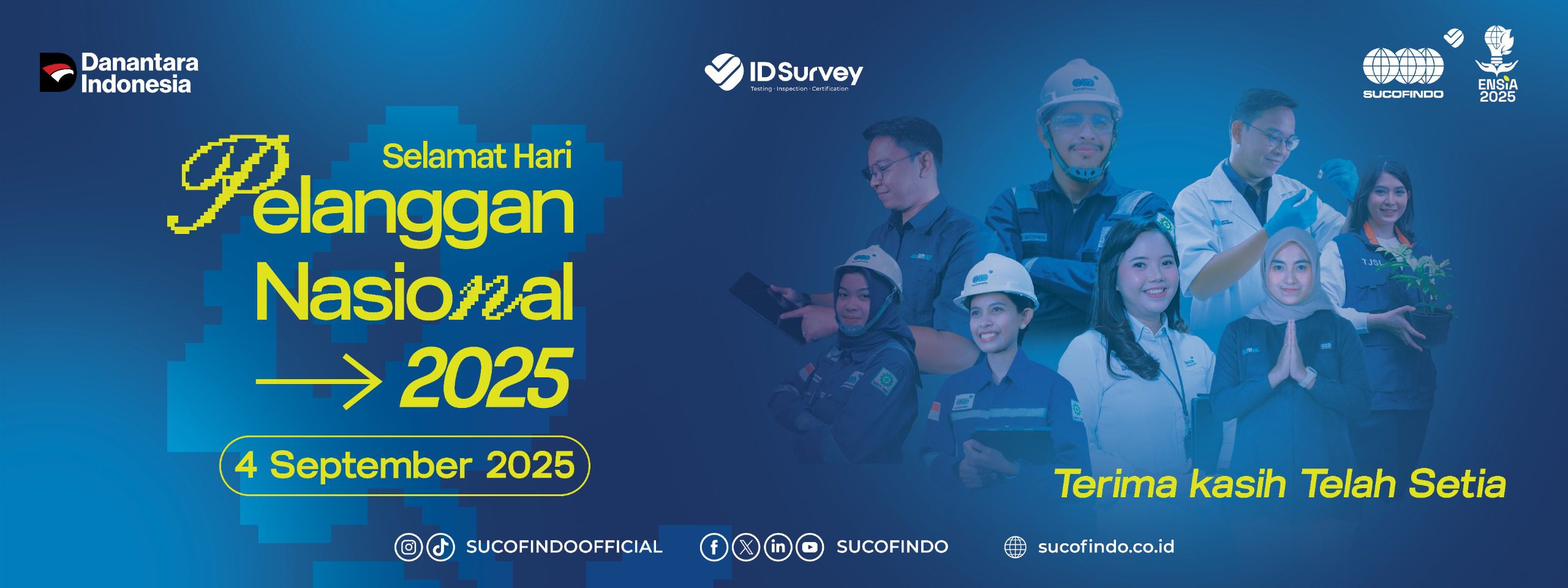Prevent, Treat, and Sterilize Germs and Diseases with Fumigation
In specific industries, the presence of pests is annoying because it can eliminate profits. Pest eradication or fumigation needs to be carried out regularly by the company; that way, unwanted pests or animals can be eradicated thoroughly and quickly.
However, before carrying out extermination, it is better for you to know the meaning of fumigation. To find out about this, you should take advantage of this article’s discussion!
What is Fumigation?
Fumigation means fumigation, which uses fumigant gas to kill pests or animals that can damage the product. Usually, this is done in the agricultural industry to ensure that the crops are perfect and that pests damage nothing.
Initially, fumigation was taken from the word fume, which means smoke, and mitigation which means preventing or controlling risk.
The fumigation technique is considered more effective than standard aerosols because it can reach all corners, including small gaps in the room. Usually, the pests exterminated by fumigation are rats, termites, ants, moths, cockroaches, fleas, and fungi.
How is the Fumigation Process?
In the fumigation process, some steps must be taken so that the results are as expected, namely:
1. The first stage
Choose what fumigant gas to use. This ingredient is essential, so consult an expert before making a purchase.
2. Second Stage
At this stage, you must prepare the materials and equipment to be used, assign personnel who will carry out the fumigation, design a work plan, and conduct a site survey directly.
3. Third phase
At this stage, the personnel on duty are at the location for the survey. They must wear a worn pack to keep themselves safe during fumigation and check every detail of the environment. They start by checking the air vents, ensuring gas-tight floors, and keeping people away from the area to be fumigated.
4. Fourth Stage
At this stage, the officers have started preparing the materials and equipment needed for fumigation at the direct location. They are beginning from installing lines for gas supply and sheet installation to placing warning signs.
5. Fifth Stage
This stage enters the fumigation process using the previously prepared fumigant gas. Officers will perform a gas release, monitoring, and gas release.
6. Sixth Stage
Finally, the stage that must be carried out is evaluation. The officer will check if there are any errors during the fumigation process and if any insects are still alive.
Fumigation Benefits
Once fumigation is done, there are benefits that you can feel. So, below are each of these benefits:
1. Reducing Impairment Risk
Fumigation that eradicates pests or insects in warehouses, cargo, containers, or silos can reduce the risk of decreasing the value of the commodities stored in them. The commodity storage period will also be longer after fumigation.
2. Meet Commodity Export Requirements
For companies that export their products, fumigation is very important because it is a standard in phytosanitary set by export destination countries. Fumigation ensures that the commodity is free from pests or destructive insects. You will get a fumigation certificate after the process is complete.
3. Protect Equipment from Damage
Fumigation is crucial for transportation such as ships, trains, planes, and buses. This can protect the components inside from damage due to destructive pests. If you don’t want harm to your equipment, you can fumigate with Sucofindo.
4 Locations That Need Fumigation
Besides houses, fumigation also needs to be done in industrial places. The following are some of them:
1. Boat
Fumigation is done to kill rats or insects that are always in the ship’s hull. This is also a form of fulfilling shipping standards and export-import activities.
2. Warehouse
This room is always used to store goods produced. Fumigation can keep the warehouse protected from destructive pests.
3. Container
Similar to ships, containers also need to have a fumigation certificate to enter a country.
4. Archive Room
Paper documents are prone to termites, fleas, moths, or fungi. So, fumigation needs to be done to maintain the book’s quality so that it remains suitable and can be stored for a long time.
Negative Impact If the Company Does Not Carry Out Fumigation
After knowing the benefits of the fumigation process, you also need to know what impact you will get if you don’t carry out the fumigation process. These impacts are:
1. Damaging Buildings
Pests or insects can damage buildings if you don’t take care of them. For example, termites will eat away at wood and make buildings brittle. The lifespan of the building will also be relatively short because of this pest. One of the ways to take care of the building is fumigation.
2. Damaging Electrical Installation
Pests that are left unchecked will be able to interfere with electrical installations or pipelines. This could trigger a more significant hazard, such as a short circuit resulting in a fire.
3. Lower Commodity Value
Pests or insects that are not exterminated can reduce the value of the commodity. As a result, the company can experience losses and lose profits.
For more information on testing and analysis services and the agricultural sector. You can read our article here. If you and your company need further information regarding our services, contact and consult about it here.








